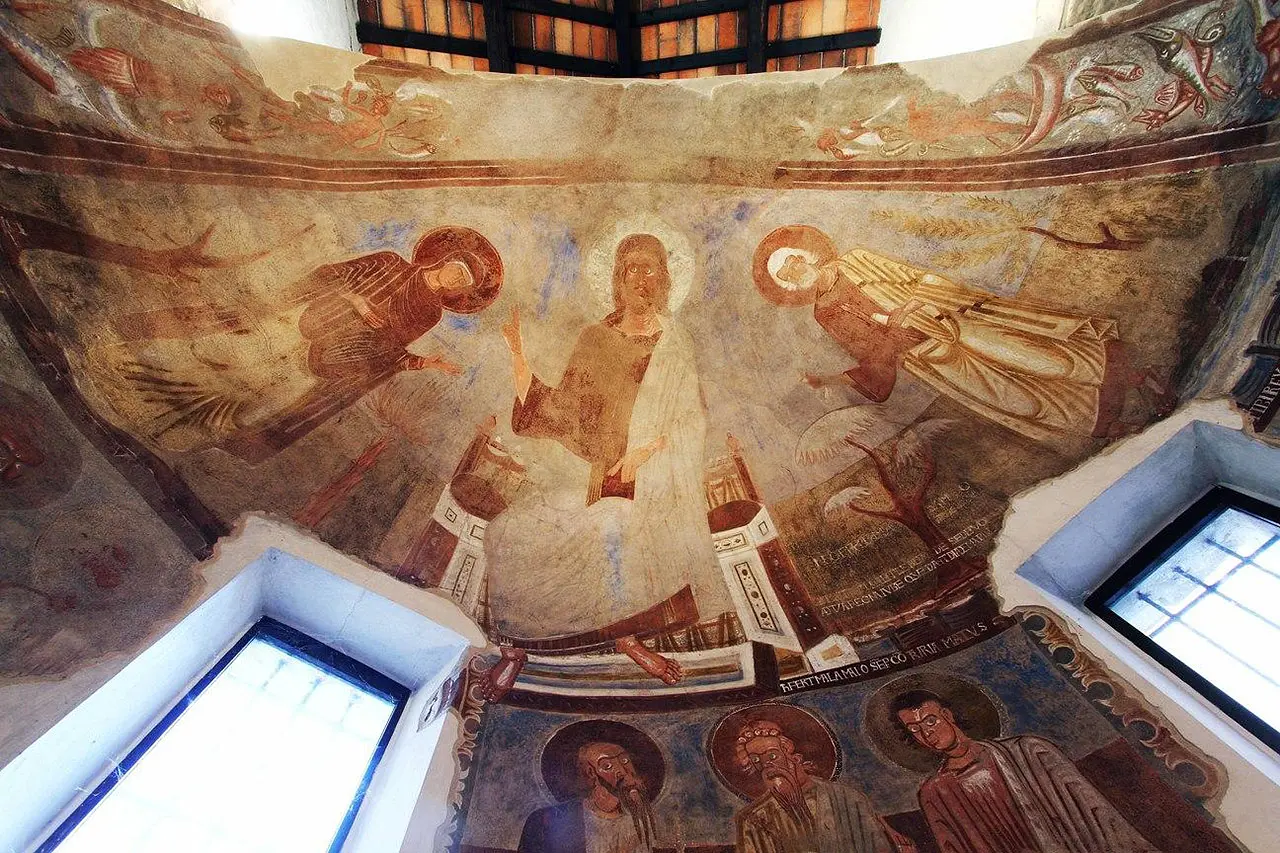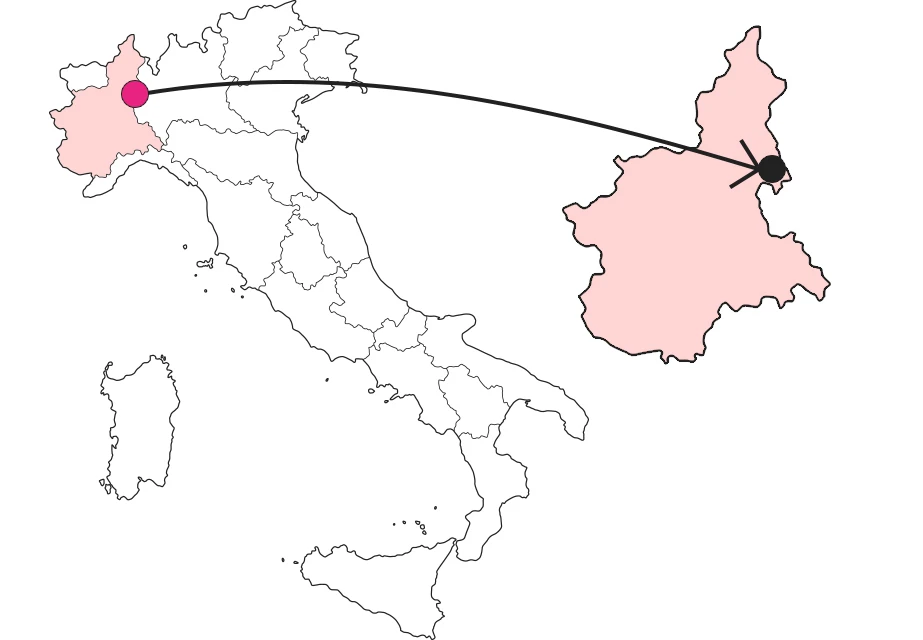SHARRYLAND


Where is

What it is and where it is
The castle is the oldest historic core of the village of Carpignano Sesia. It was and is made up of many rooms of popular use leaning against each other. One facade still stands out among the others, which also try to smother it. It has a higher central band and a round window above a portal: the church of San Pietro in Castello. It looks like a basilica-shaped building, with three naves ending in as many apses, of which the central and major one has preserved almost the entire original architectural structure.
Why it is special
The rear is also worth admiring. On the outside, the masonry of the apse is punctuated by pilasters in 7 mirrors crowned by pairs of hanging arches supported by shaped corbels. We also notice, however, strange openings: a door and two windows that have little to do with religious architecture: they date from the time when the church was deconsecrated and given to private individuals. Another characteristic feature is the difference in construction techniques and materials between the lower and upper parts, probably due to an interruption and subsequent resumption of work.
Not to be missed
Once inside, we admire the rich pictorial apparatus, which has been brought back to light thanks to expert restoration work. Of great historical-artistic impact are the paintings in the apse, dating from between 1140 and 1160. They represent a unicum at the European level, both in terms of their style of execution and theological content. This cycle is presented in three overlapping bands, with Christ seated in a throne adorned with gems and precious stones, flanked by the Apostles and a female figure, traced back to the Church. They are joined by fantastic animals, fish, a boatman and a fisherman.
A bit of history
The church was built in the first half of the 11th century. In 1141 it passed into the ownership of the Cluniac monks of the priory of Castelletto Cervo, thus becoming part of a European network that included churches, abbeys and priories. After gradual abandonment (15th-19th centuries) the building was deconsecrated and sold to private individuals, who modified its internal structure by partitions and using it for banquets, as a cellar, storage, granary and dwelling. Today the church belongs to the municipality and has returned to show its treasures after careful restoration.
Trivia
In 1663 the bishop of Novara gave orders to "excise the paintings in the choro made indecent." Fortunately, we were limited to whitewashing the splendid frescoes with lime, which in this way have survived to the present day. From the layer of lime thus surfaced the traces of "very ancient paintings, unknown in name and in fact." Echoes of the rural life of these places can be found instead in the "Cantina del Torchio," on the central street of the castle. Here stands a monumental weight press made from a 13-meter-long elm trunk and used for pressing grapes.
Enter the Map of Italy's Undiscovered Wonders and find treasures where you least expect it... Inspire, Recommend, Share...
Contact
The Map thanks:
Enter the Map of Italy's Undiscovered Wonders and find treasures where you least expect it... Inspire, Recommend, Share...
Where is

Contact







